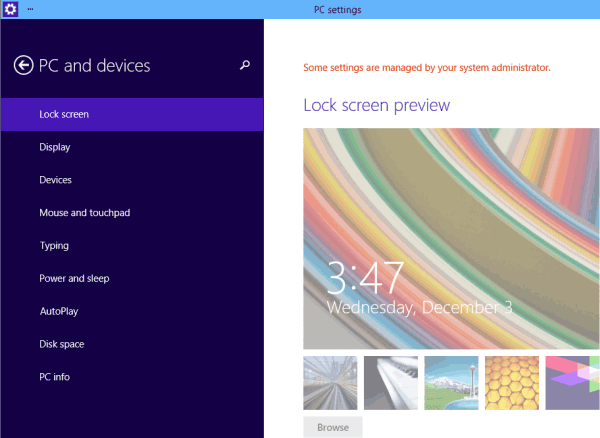
Method 2: Setting the Lock Console Display Timeout using Powercfg.exe command-line The registry edit works in Windows 8 as well.
Download show_lock_screen_timeout-setting.zip, unzip and run the enclosed REG file. Without the registry value added, the dialog wouldn’t show the option: You can increase it as required, making sure that the value you enter here is less than the value you set for Turn off Display after setting. The Console lock display off timeout is set to 1 minute, which is the Windows default setting. 
This can save you a couple of mouse clicks, getting you to the advanced options directly.Īfter applying the registry setting, the advanced power settings dialog looks like this - with the Console lock display off timeout option added. Quick Tip: To quickly open the advanced power settings dialog, press WinKey + R to bring up the Run dialog, and execute the command control.exe powercfg.cpl,3.
In the Power Options Control Panel, click Change Power Settings link next to your current power plan. Launch Powercfg.cpl to open the Power Options Control Panel applet. Its value data is set to 1 by default. Double-click the value named Attributes. Related: See how to jump to a registry key directly, using RegJump. Here is how you enable the lock screen display timeout setting in Power Options. Method 1: Increase lock screen display timeout using Power Options To set the lock screen display off timeout value, there is a hidden registry setting, which when enabled, shows the “Console lock display off timeout” hidden setting in the Power Options dialog. 
When you lock the device, the display off timeout value set for your user account does not affect the lock screen. This timeout applies when you lock the device or workstation, as well as during startup. After 60 seconds of no user activity, the lock screen display turns off to conserve power.






 0 kommentar(er)
0 kommentar(er)
